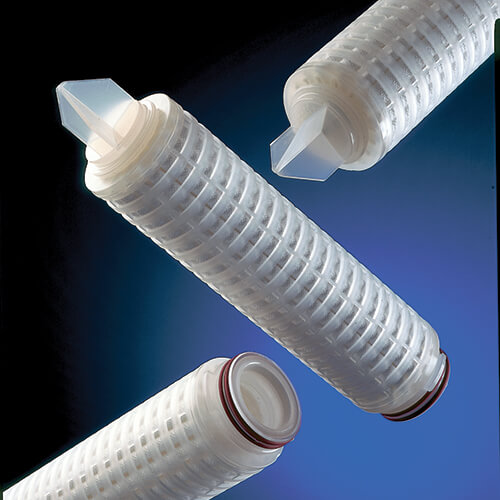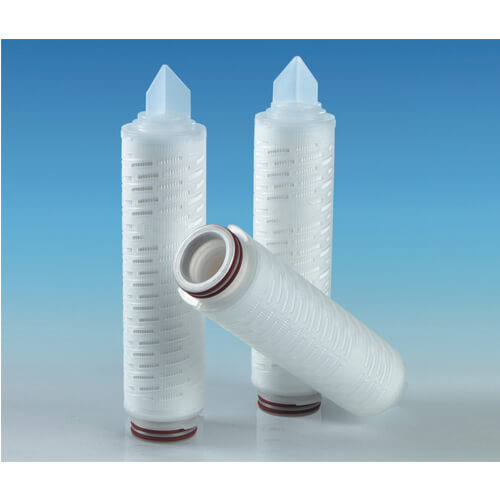Protect Your Tank Contents with Proper Storage Tank Venting
Storage tanks for liquid food and beverage products, ingredients, CIP chemicals and other food processing fluids are found everywhere in food processing plants. Properly selected tank venting filtration provides a barrier between tank contents and the environment.
The Goal Tank Vent Filtration Satisfies
- Protection of tank contents from exposure to airborne microorganisms, viruses and/or physical contaminants in the surrounding environment, preventing them from quality degradation
- Protection of the surrounding environment from aggressive tank fluid escaping into the environment
- Maintaining an equilibrium pressure within the tanks, to protect them from overpressure or vacuum damage
Preventing Microorganism and Virus Contamination with Proper Filtration
Filters selected for tank vent filtration are typically sterile air/gas cartridge filters. They should be hydrophobic, as filters wetted out either due to surrounding air humidity or exposure to steam impedes the airflow into and out of the tank. It is important that they also retain airborne microorganisms and viruses (such as bacteriophages). Finally, they should be sized correctly to prevent tank damage.
Managing Airflow & Maintaining Equilibrium Pressure During Liquid Transfer in Tanks
Liquids are pumped into and out of tanks regularly. As the tanks are filled, air is forced out of the tank as incoming liquid volume displaces air volume. As they are emptied, surrounding plant air is drawn into the tank to replace liquid volume. Tank vent filters must be sized such that they do not hinder this airflow in a forward or reverse direction, so as not to upset the equilibrium pressure in the tank. In such applications, the tank vent filter is sized to the higher of the pump fill rate or pump draw down rate with an equal airflow rate.
The Importance of Correct Sizing for Tank Vent Filters
The need for proper tank vent filtration sizing is especially critical in applications involving tank sterilization in place (SIP) with steam. After tank sterilization, the steam cools and condenses rapidly, creating an instantaneous volume change and negative pressure. There is over a 1000-time volume difference between the amount of water in the gas (steam) phase versus the liquid phase. The resulting air inrush into the tank to replace the volume taken up by the condensing steam must occur rapidly enough and at high enough airflow so as not to damage the tank.
Improperly sized tank vent filters result in low pump draw-down rates, loss of protection of tank contents due to collapsed filters or rupture discs, and in the worst case, tank implosion or deformation.
Depending on whether applications are for direct or indirect food contact use, national and international regulations apply.
Pall has over 60 years of experience in specifying tank vent filtration products to meet your food and beverage needs including sterile or final air filters.
Complete the Form to Receive Future Communication

Air & Gas Pre-Filtration





